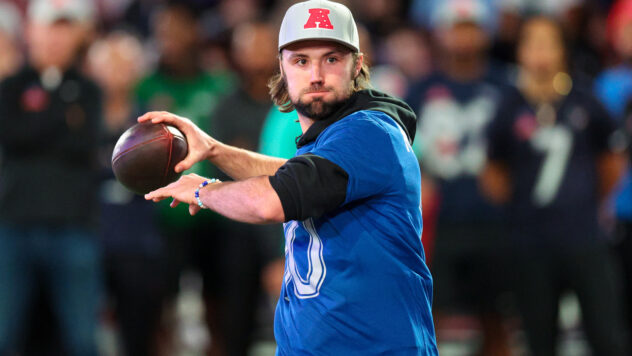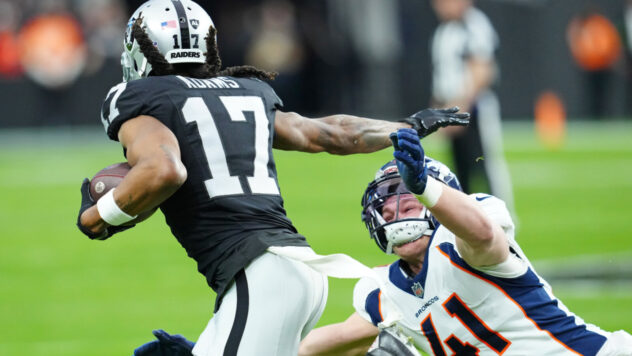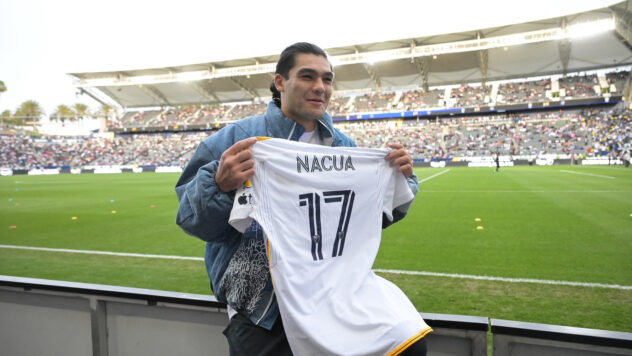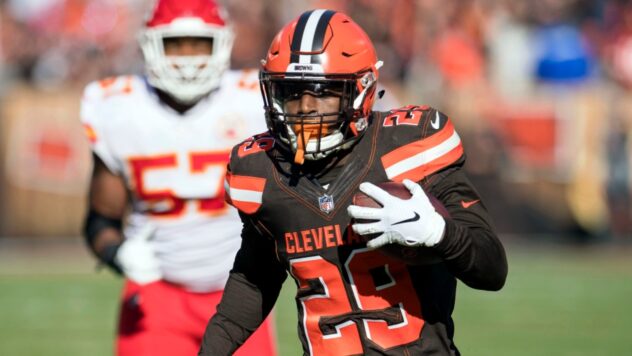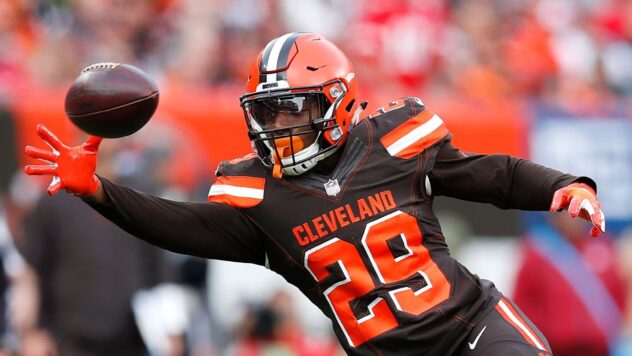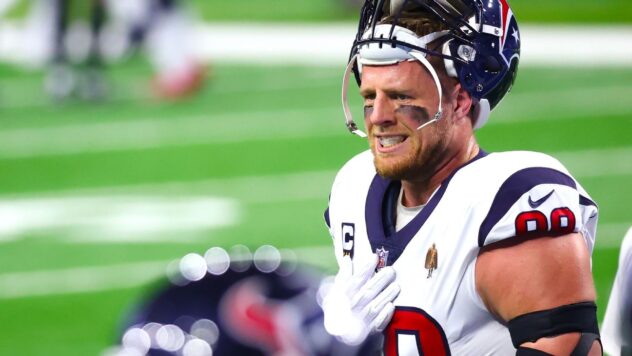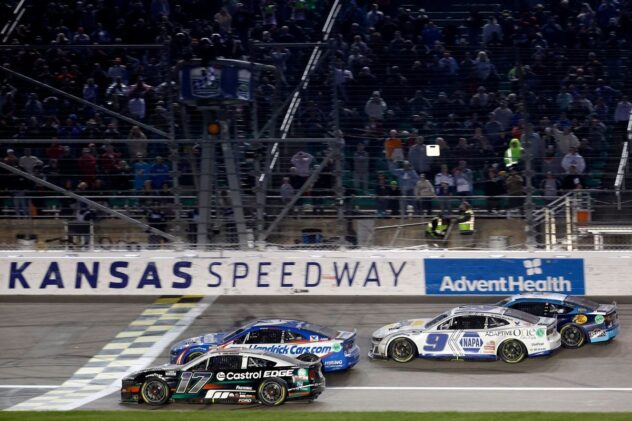The Minnesota Vikings and Dallas Cowboys Can Define Their Seasons on Sunday
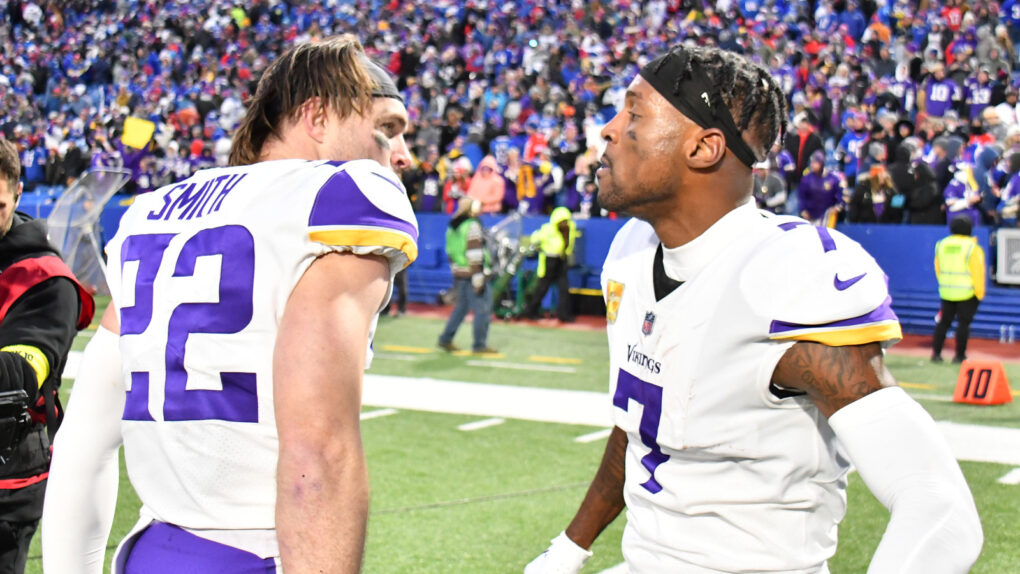
The Minnesota Vikings and Dallas Cowboys are both at a critical juncture in their seasons ahead of their Week 11 matchup.
For the Cowboys, it’s do-or-die for their last chance at a division title — one that they might be able to snag if they run the table and get just a little bit of luck in Giants and Eagles games from here on out. For the Vikings, the first-round bye and home-field advantage throughout the playoffs are on the line.
The Minnesota Vikings and Dallas Cowboys Are in Unexpected Places
Neither team expected to be here at the beginning of the season; Dallas was favored at different points in the offseason to win the division, while the Vikings were strong runners-up in divisional odds.
An injury to Dallas’ starting quarterback and some surprising play from Minnesota — especially in the fourth quarter — has played a big role in defining the trajectories of both teams.
Despite the difference in recent results — the Vikings beating a top-tier Bills unit and the Cowboys losing to a struggling Packers squad — Dallas enters the game favored by a point and a half on the road.
The Cowboys Have an Advantage Over the Vikings
It comes down to fundamentals. The Cowboys have a high-level defense and were top three in most categories before the Green Bay game. They still rank second in defensive DVOA and fourth in defensive EPA allowed per play.
Offensively, Dallas is only 17th in EPA per play. But much of the season was played with Cooper Rush at quarterback. When Dak Prescott is on the field, Dallas ranks 10th in offensive EPA and has a higher ceiling to hit, given his history of performance.
The net EPA performance for Dallas is eighth overall at 0.066 per play. But after modifying for Prescott’s performance jumps up to fifth.
The Vikings aren’t far behind, but they are behind. They rank 11th in defensive EPA and 12th in offensive EPA for a net ranking of ninth overall. Unlike Dallas, Minnesota has been one of the healthiest teams in the league, and there’s not much adjustment of their historical performances that seems necessary.
Dallas and Minnesota Mirror Each Other
Outside of these seeming talent gaps, the teams are not that different.
Their quarterbacks have faced similar levels of scrutiny, and the play of both Prescott and Kirk Cousins aren’t very far apart stylistically. Both, statistically, are very impressive quarterbacks whose best seasons aren’t always followed by wins.
They’ve faced criticism for their performances in big moments, whether that comes in the form of the two-minute drill, prime-time games, or playoff appearances.
Prescott and Cousins have both earned praise for their impressive accuracy and the ability to threaten all three levels of the field, and they’ve operated in run-heavy, play-action-oriented offenses.
Prescott has a better arm and does a better job using his legs, but the fundamentals of the quarterbacks are very similar, even if there might be a talent difference — especially now that Cousins has done a better job operating out of structure.
There are some standout offensive linemen, but both lack a complete unit. However, each has a great pair of edge defenders, assuming Demarcus Lawrence is healthy enough to play. Lawrence and Danielle Hunter are extremely versatile defenders who can win as pass rushers and run defenders, while Micah Parsons and Za’Darius Smith are two of the best pressure producers in the NFL.
One difference that does give Dallas an edge, however, is how deep their stable of edge defenders is. They not only feature standout rookie rotational rusher Sam Williams, but they’re getting good production out of Dorance Armstrong and Dante Fowler. That group might be deployed a little bit more, as Dallas could seek matchups in the pass-rush game, especially against the struggling Vikings interior and Ed Ingram in particular.
For Minnesota, there’s a stout set of defensive tackles in Harrison Phillips and Dalvin Tomlinson — again, assuming he’s healthy enough to play — and they should be able to get the best of center Tyler Biadasz and guard Connor McGovern. The Cowboys aren’t as well equipped in the interior at DT but could still see some good moments against Ingram and center Garrett Bradbury.
The totals speak more than the individual matchups. Dallas’ ability to consistently generate pressure across lineups and through their interior means they have an advantage. They have the third-highest pass-rush win rate at 51%, while the Vikings have a pass-rush win rate of 36%, ranking 27th in the NFL.
Minnesota does have a higher pass block win rate (59%, 15th in the NFL) than the Cowboys (45%, 32nd), but the averages favor Dallas, who have a projected 46% win rate, compared to 40.5% for the Vikings.
Both Teams Will Lean on Star Receivers
What might turn the tide in either team’s favor is the matchup at cornerback and wide receiver. Neither team shadows their cornerbacks, and both are comfortable moving their top receiver around to hunt matchups.
We may not see very many plays where Justin Jefferson is lined up against Trevon Diggs or CeeDee Lamb facing off against Patrick Peterson. Most likely, the Vikings will look to get Anthony Brown covering Jefferson, while the Cowboys might target Chandon Sullivan with Lamb, who has played a good chunk of his snaps in the slot.
Sullivan and Brown are both league leaders in yardage given up in coverage and have some of the lowest rates in the NFL in forced incompletions when targeted.
Lamb is on pace for a 1,300+ yard season, while Jefferson is on track to be the first receiver in history to hit 2,000 yards in a single season. Both are expected to be focal points of their respective offenses, though the pace of their secondary receivers has been concerning. Noah Brown is averaging 42.8 yards a game, and Adam Thielen is averaging 51.9.
The addition of T.J. Hockenson to Minnesota’s lineup and Dallas’ relative struggle against tight ends could mean there are some more edges to be gained here for the Vikings. If it’s enough to overcome the trench differences in the passing game, that might be what leads the Vikings to victory.
The Run Game Could Be the Difference for Cowboys and Vikings
Both teams show some susceptibility in the running game. Dallas ranks 11th in DVOA against the run (compared to fourth against the pass), while the Vikings rank 14th in run defense DVOA.
Some of this is because of the particularities of the players along the defensive line. Smith is an impressive pass rusher but can get moved around in the run game. The rotation opposite Lawrence features much the same problem.
In both cases, teams will want to run away from the run-defense specialist and toward the edge defender who specializes in rushing the passer.
The Cowboys will likely find themselves in a better spot in this regard. Their offensive line has issues with pass protection, but they’re a great run-blocking unit. Dallas’ run-block win rate is fifth in the NFL, and against Minnesota’s 11th-overall ranked run-stop win rate should result in some gains.
Dallas does have a worse run-stop win rate (ranked 30th), and the Vikings are capable run blockers, ranked 12th in run-block win rate. That might mean there’s more available for Dalvin Cook than for Tony Pollard or Ezekiel Elliott.
Cook and Pollard are both breakaway artists. Over the past five weeks, both rank in the top five of yardage gained on 15+ yard runs. Pollard has had a few more of these runs, but Cook has gained more yardage on them. Cook has forced 16 missed tackles on 64 carries, while Pollard has forced 15 on 59 carries. Their profiles have been very similar.
This production tends to follow run blocking, but they both point to the incredible big-play capability these offenses can draw from their running games. Opportunities are there for both teams with run-defense weaknesses on each side, but they still sport better-than-average run defenses.
Because Prescott has a slightly better history of production and because the Dallas defense is the best unit among any of the ones fielded on either side of the ball, there’s good reason to believe that the Cowboys should be favored despite recent results and their overall record.
This Game Will Set Narratives for the Vikings and Cowboys
This should also be another test for the “lucky” run the Vikings are on. Their unsustainable play has been the subject of scrutiny itself, but the more they get away with, the more people are giving them the benefit of the doubt.
It’s tough to point out repeated fourth-quarter turnovers on special teams and defense are unsustainable when they happen time and again. And if Minnesota keeps up the pace, it might convince even ardent skeptics that the Vikings have something up their sleeve.
As for the Cowboys, there’s credibility on the line, too. The idea that they would supercharge their team by adding a high-level offense to their top-three defense was a big part of the narrative surrounding Prescott’s return to the field. That it hasn’t really happened yet is concerning, and this is a great opportunity to turn that around.
In either case, we’ll see the race for NFC seeding change because of the game. Narratives won’t turn on a dime, but we’ll begin to tell different stories after Sunday.

